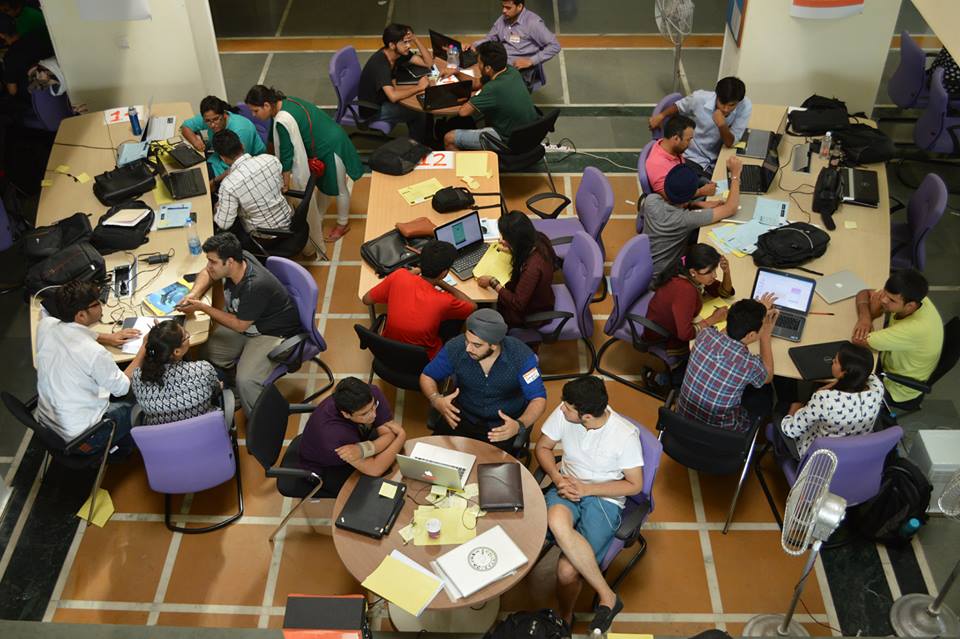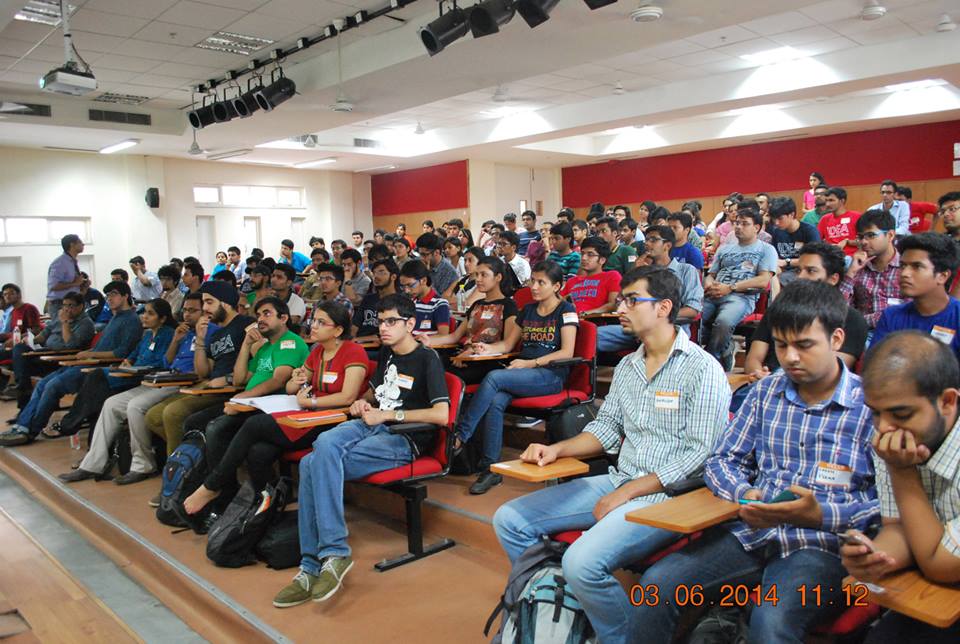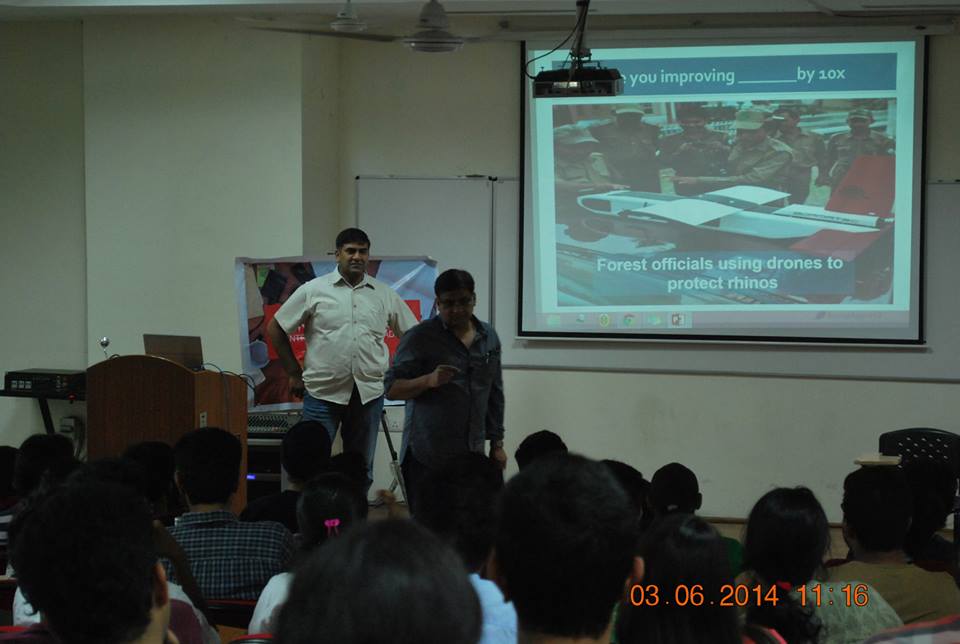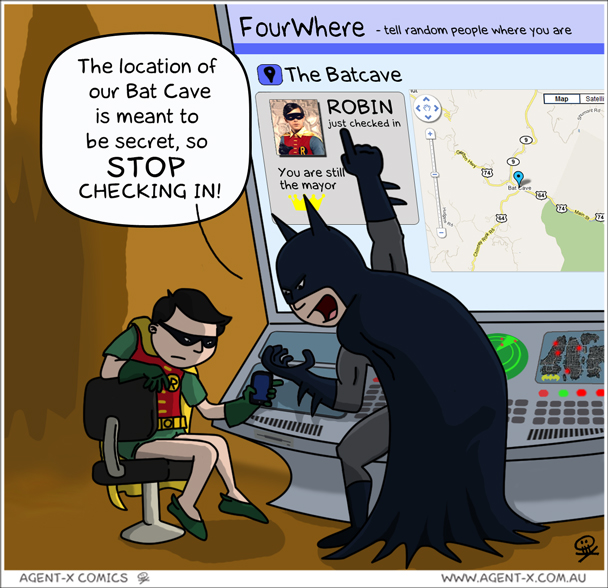Bootstrapping is hard especially in India! It takes a toll on founders as well as people around them. No fancy corporate trips, no room for slack, myriad things that can go wrong and on top of it, no wiggle room financially. Here is what I learnt during past 3.5 years of bootstrapping SocialAppsHQ and now, Shimply.com –
1) Cash flow is the only thing that matters – I have people who tell me that their ventures are extremely profitable and then few months later, I find that they are closing down. Mostly, it’s their customers not paying their bills on time. Everyone who has ever run a business experiences this! Don’t book the amount as profit until it’s in your bank (note – I hate service tax because we have to pay it when an invoice is created even when money has not been paid to us). Another rule – if you are in services business, ask for some money upfront no matter how urgent that work is.
2) Keep 3 months reserve ALWAYS – Most internet businesses are becoming more and more dependent on one of the larger businesses like Google, Facebook, Apple and others for survival. Even if they snooze, your revenues will take a nose dive. I will suggest you to keep 6 month reserves but if you really want to live on edge, keep 3 month reserves. It’s crucial for two reasons –
- Most of the employees depend on their salary to pay their rents, buy food etc. It’s a disservice to them as well as your company, if you fail to pay your team on time.
- No matter how agile your team is, any major shift in direction/building a completely new product and bringing it to market takes time.
3) Beware of vultures – As you start a company in India with seemingly bright future, you will realize that you will soon get accosted by wannabes – people who are sitting at high positions in various companies and want to leave their jobs for starting on their own. Nothing is wrong with that but there are two types of people you definitely want to avoid –
- People who want to act as commission agents to broker an agreement with their and few other companies. I consider it unethical although I know few who don’t.
- People who want to provide gyan and want to charge a retainer fee for it. I was introduced to a consultant who wanted to charge Rs. 1.25 lakh per month as retainer.
4) Murphy’s law applies in startups more than anywhere else in life – Something that you least expect will always go wrong –
- You decided to take a flight to Mumbai for work, your server will go down exactly at the time when you on board the flight so that you find about it 2.5 hours later!
- You are in front on 50 army officers giving presentation on social media monitoring and standing on stage, well – server gods know that too (log files filled up space on one of the six front end servers and haproxy kept directing traffic to that server as it was set on leastconn)!
- You don’t have money in bank and you are waiting for a wire transfer to pay your bills on time (typically, it comes in 3-4 days) – well, too bad it’s going to be late this time for some reason.
5) Surround yourself with positive people – over past 3.5 years, I have surrounded myself with people of high caliber and utmost integrity. People with whom I can share what we are up to and struggles/successes we are having. I have tried to remain truly transparent on success and failures and sharing our learning with everyone who is willing to hear J. Your journey will be a lot easier with such people on your side.
Many folks however tend not to share and hoard the knowledge as if they are traders in subj mandi (I am sure they will make a lot of money by selling it like tomatoes at the right time). People don’t realize that in knowledge economy, it’s valuable only till someone decides to blog about it!
6) Fancy offices don’t matter – if you predict that your revenue is going to take a hit, build a contingency plan and act on it.
- Start downsizing – move to a flat from an office. Your typical saving in 2 years is 50% – rent is Rs. 35 vs 100 per square feet. There is a higher upfront cost if you have to furnish a flat (1.5 -2 lakh for 15 ppl office) but over 2 years, you will end up saving over 50% (figures are relevant to Delhi).
- Delhi is far better than other regions nearby in terms of electricity and transportation. You can save quite a bit on generator cost and your staff can travel through metro.
- Get rid of staff that you can do without – keep people who are essential to achieving your vision. Focus on builders, not maintainers. Maintainers can help you sustain your business but not grow it/get out of dungeon.
7) One bad apple can spoil the entire basket – It’s true for startup as well. If a team member does not act as part of a team, does not help further our shared vision and goals, we need to let him go. I have regretted the decision where I continue to let people stay in the company with a hope that they will focus on learning and understand that they will grow over time with the company. If people are negative, they will stay negative whether it’s in your company or, some other company. It’s not your fault – let them go.
8) Spend where revenue is directly proportional to your expense – it’s easier said than done –
- Be extremely ROI conscious on advertising spends – they can easily get out of control and drive you in negative cash flow territory
- Don’t take high salaries – You can’t take more than Rs. 50000 as salary if your revenue is 1 crore. 1 crore revenue with 20-30% margin leaves enough for 3-4 people at that salary level and then some for investment in future growth. Don’t compare it to corporate job – if you find yourself doing it repetitively, consider shutting your company and joining it. You deserve to be happy J.
- Hire only those experienced people who will deliver from day 1, but be ready to invest in training high energy fresher.
9) Say NO – When you are drowning in a flash flood, it’s easy to get tempted to hold anything that you can lay your hands on. For a startup, you have limited resources and it takes atleast 2-3 years of sustained efforts before customers start to know your company/brand. If you are building a product and a service job comes along, you have to learn to say NO. It’s hard – I know! Here you are selling $25 per month product and then you are getting offered $2500 for 3 week job. Realize that it will distract your entire team and cost of distracting your entire team is probably higher than what you will earn! All said and done, cash flow is still king! Go figure J
Best of luck and bootstrap away!



 I had found my core argument for the day – I was going to challenge the group to think of their own personalities, experiences, behaviours. I was going to inspire them to reflect on who they are, and who they want to be and how they would differentiate themselves first before thinking of great, differentiated, innovative products that they would design, develop and bring into the world. I would show them how living (and using) on the edge of technology is almost a pre-requisite to pushing the boundary further; how great ideas evolve from personal needs and small advances which turn into big stories cause as the follower crowd discovers the same challenges when their use graduates and are happy to use the solutions the leaders have created.
I had found my core argument for the day – I was going to challenge the group to think of their own personalities, experiences, behaviours. I was going to inspire them to reflect on who they are, and who they want to be and how they would differentiate themselves first before thinking of great, differentiated, innovative products that they would design, develop and bring into the world. I would show them how living (and using) on the edge of technology is almost a pre-requisite to pushing the boundary further; how great ideas evolve from personal needs and small advances which turn into big stories cause as the follower crowd discovers the same challenges when their use graduates and are happy to use the solutions the leaders have created. As I look back at the end of the week, I find myself thinking again about the ‘conformity” of our post-independence indian culture; the regimentation of our education system and our social expectations that we need to break first before disruptive, revolutionary innovators and entrepreneurs will emerge. Hope this brief note makes you think a bit about yourself!
As I look back at the end of the week, I find myself thinking again about the ‘conformity” of our post-independence indian culture; the regimentation of our education system and our social expectations that we need to break first before disruptive, revolutionary innovators and entrepreneurs will emerge. Hope this brief note makes you think a bit about yourself!
